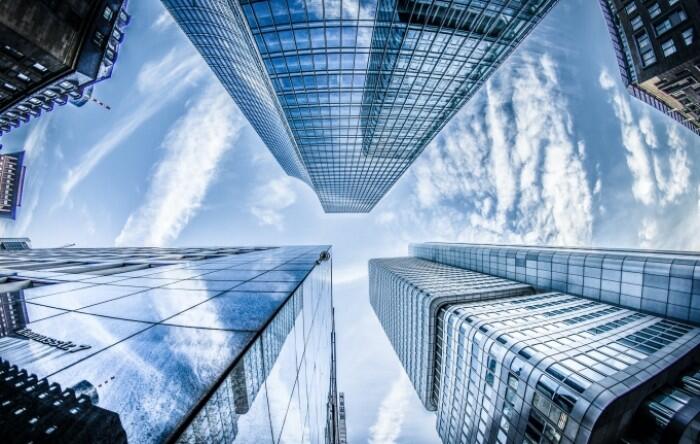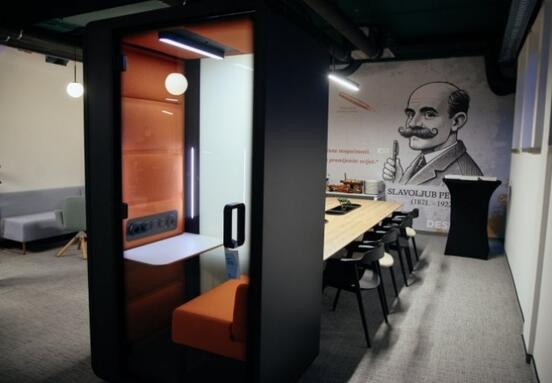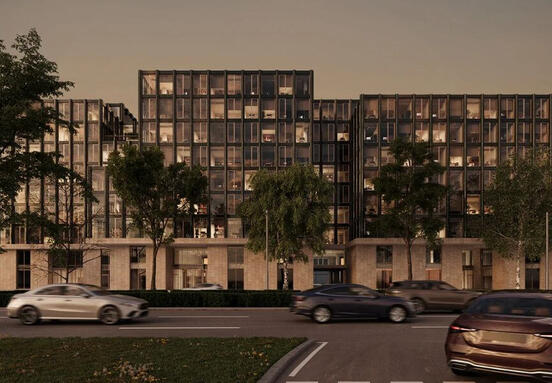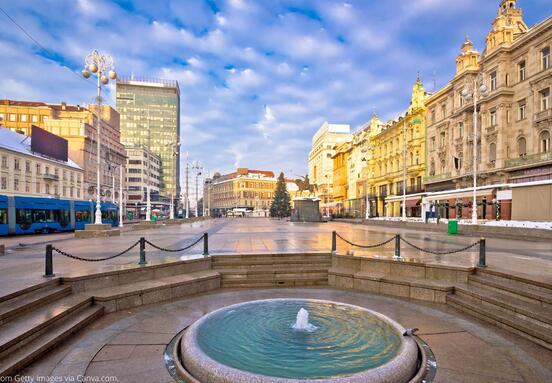For every hundred properties sold last year in Istria County, foreigners bought 42, in Primorje-Gorski Kotar County 30, Zadar County 29, Šibenik-Knin County 21, Lika-Senj County 23, Split-Dalmatia County 19, Split-Dalmatia County 19 and Dubrovnik-Neretva County 15 properties.
In all these counties, the share of foreigners among buyers has increased significantly compared to the pre-pandemic period, which must have affected the prices of apartments, suites and houses for sale.
In its analysis of the real estate market in 2021, the Croatian National Bank states that 9 percent more residential real estate was sold last year than in 2019, and as about 41,000 apartments and houses were sold in 2019, it follows that it got a new owner last year about 45,000 apartments and houses.
4.5 thousand of them were bought by foreigners, who mainly focus on houses and apartments by the sea. In that area, real estate prices also grew faster than in the rest of the country, and residential real estate prices rose by about 11 percent in a year. Based on sales contracts submitted to the Tax Administration, central bank analysts note that the level of residential real estate prices exceeded the 2008 peak by 12 percent.
According to available data, real estate prices have continued to rise this year throughout Europe, but warnings are coming from America that the overheated market there could be among the first to collapse. America has already started raising interest rates, the first quarter brought the country negative growth rates, although it is believed that the war in Ukraine brings less problems than Europe.
The attractiveness of real estate investments has increased with the reduction of interest rates, and the expected growth of interest rates in Europe could reduce the interest in this form of investment.
The number of purchase and sale transactions increased last year in the entire territory of Croatia, but it was especially pronounced in the Adriatic, so every third real estate sold last year was located in that area.
The problem is that less is being built, so last year slightly less than 12 thousand new housing facilities were completed, of which about 3 thousand in Zagreb. At the same time, total construction costs rose 10 percent last year alone. This year, the growth of prices of construction materials has further accelerated, writes the journalist of Večernji list Ljubica Gatarić.







